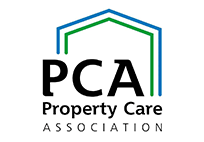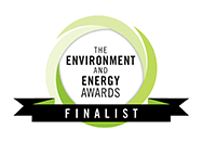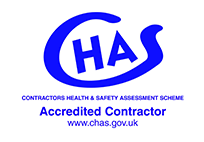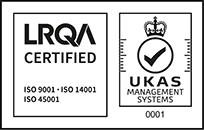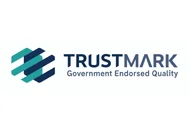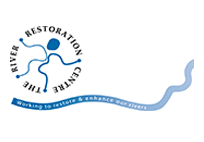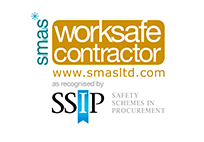Call us free on 0808 168 9540
Call us free on 0808 168 9540

Phlorum provides a full range of Workplace Exposure Monitoring services for businesses in London, Sussex, Surrey and Kent.


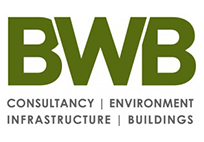
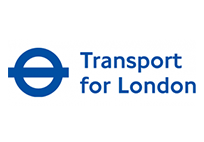
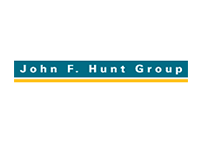
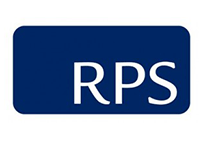

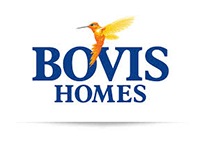
Protecting your workforce from hazardous substances requires expert workplace air exposure monitoring that ensures full compliance with UK regulations while safeguarding employee health. Our specialised monitoring services accurately measure airborne contaminants, ensuring you maintain safe working practices and meet stringent health surveillance requirements.
Our workplace air exposure monitoring services accurately assess workplace atmosphere conditions, identifying exposure risks before they compromise worker safety. We use advanced sampling techniques and state-of-the-art equipment to measure concentrations of hazardous substances across diverse industrial environments.
Our air quality consultants provide Workplace Exposure Monitoring services to a wide range of industries across Sussex, London, Surrey and Kent, including:
In addition to our focused experience on workplace exposure monitoring, Phlorum staff are specialised in the full range of air quality assessment services, which gives our team much broader knowledge and understanding of client needs than firms that only consider workplace health and safety issues.
Our multidisciplinary experience allows us to see the bigger picture and add value for other services where measurement and assessment of airborne pollutants is necessary, such as for regulatory or planning requirements.
Our expert air quality monitoring experts carry out thorough air sampling using calibrated sampling pumps and precision equipment to assess worker exposure levels across your premises. We analyse samples for a complete range of substances, including:
Phlorum has access to a wide range of equipment used for monitoring and assessing workplace air and personal occupational exposure to harmful airborne substances. Techniques we routinely employ include the following:
Workplace exposure monitoring generally requires assessment of workplace air and also individual worker’s exposure to potentially harmful substances.
The first step will be to undertake a pollution linkage risk assessment, which is a virtual exercise to determine the risk to workers, based on the source-pathway-receptor conceptual model. Typically we will then install equipment within key work area to monitor and assess background air quality.
We will then install personal exposure monitoring equipment (usually pumps and/or sorbent tubes, patches or badges) on key members of the workforce, with the equipment positioned so that it samples near the worker’s breathing zone.
The principal UK workplace exposure regulations come from the Health and Safety Executive (HSE). The Control of Substances Hazardous to Health (COSHH) Regulations require employers to prevent or control the exposure of their workforce to hazardous substances.
In assisting employers to determine what constitutes a working environment that is safe from airborne hazardous substances, the HSE provides a range of Workplace Exposure Limits (WELs). These limits must be adhered to, otherwise there are significant legal consequences.
The advisory, monitoring and assessment services provided by Phlorum are intended to help employers comply with their legal health and safety obligations and to ensure that their workplaces are safe.
Risk assessments of workplace air quality begin with a full understanding of the processes and substances that operate within the workplace. This provides us with the ‘source’ information, which would typically include the types of hazardous materials emitted and how they are emitted (e.g. as hot vapours or as raised dusts).
The ‘pathway’ and ‘receptor’ information will then be obtained from reviewing how the hazardous substances might find their way into the breathing zones of workers. A pathway assessment will look to see what mitigation measures are being used to prevent the substances being breathed in (e.g. any local exhaust ventilation systems and/or respiratory protective equipment such as masks, that might be being used).
Some hazardous substances can accumulate in the bodies of workers over their prolonged exposure to relatively low concentrations of the substances. Lead is an example of such a hazardous substance that can bio-accumulate this way.
Health screening, usually by analysing samples of workers’ blood and urine, is specialist work that is undertaken by appropriately qualified medical professionals. However, in tandem with the monitoring of workplace air undertaken by Phlorum, this can provide vital information to change workplace protocols and procedures to protect workers’ health.
The relatively recent advances in telemetry and smart device technology has made it much cheaper and easier to collect huge amounts of workplace air quality data. Multi-sensor devices incorporating chemo-electric sensors for detecting a range of compounds can be very useful.
Most such devices have detailed control panels on the web that can be viewed over smart phones, computers and tablet devices. This allows real time data to be visualised. Viewing such data can reveal important information about emission patterns, which can in turn be used to develop better protocols and procedures to reduce workers’ exposure to hazardous processes and substances.
There are a number of different personal dosimeter-type monitoring systems available. Probably the most common system of personal exposure monitoring are rugged pumps and breathing zone inlets that are attached to workers operating in hazardous environments.
Less rugged systems that can be set up to measure concentrations at static locations in workshops or hazardous zones are often employed alongside personal sampling pumps. As these static units are not designed to be frequently disturbed and relocated, they are often larger and contain more sensors than personal units, so they can be useful for measuring a range of substances in one go.
Most workplace monitoring is undertaken to measure exposure to known risks, So, typically, contamination sources are known from the outset, or are revealed from the initial workplace exposure risk assessment.
However, broader workplace monitoring in response to odd odours or effects on staff such as complaints of dizziness or irritated airways, can be very useful in discovering unknown sources of harmful substances, or in apportioning elevated concentrations to sources that might not have been obvious – e.g. one specific part of a manufacturing process might be responsible for poor air quality in a workplace.
Monitoring and assessment to determine the sources of harmful substances can then lead to appropriate and targeted mitigation to resolve any safety issues.
Our extensive experience across UK industries provides deep insight into common exposure risks and effective control measures. We understand the unique challenges facing British manufacturers, from traditional heavy industry to modern high-tech facilities.
We maintain current knowledge of all UK regulations and regional variations in enforcement, ensuring your monitoring programme meets local authority expectations whilst supporting your business objectives.
Our monitoring services adapt to sector-specific requirements, whether addressing oil mist in machining operations, dust oil mist in manufacturing, or complex chemical exposures in process industries. Our expert workplace air exposure monitoring services provide the comprehensive protection your business needs while ensuring full compliance with UK safety regulations.
Contact us immediately for a confidential, no-obligation consultation and discover how our monitoring services can enhance your workplace safety programme while protecting your workforce.



